These days, when we are all watching the news about the possible volcano eruption near the town of Grindavik in south-western Iceland, I would like to share with you my memories of driving through the landscape of eastern Iceland. The area is not on “the top 5 list” when visiting Iceland, and we traveled through it because we had to cross from the southern to the northern part of the country, but we’ve loved it and had a great time.
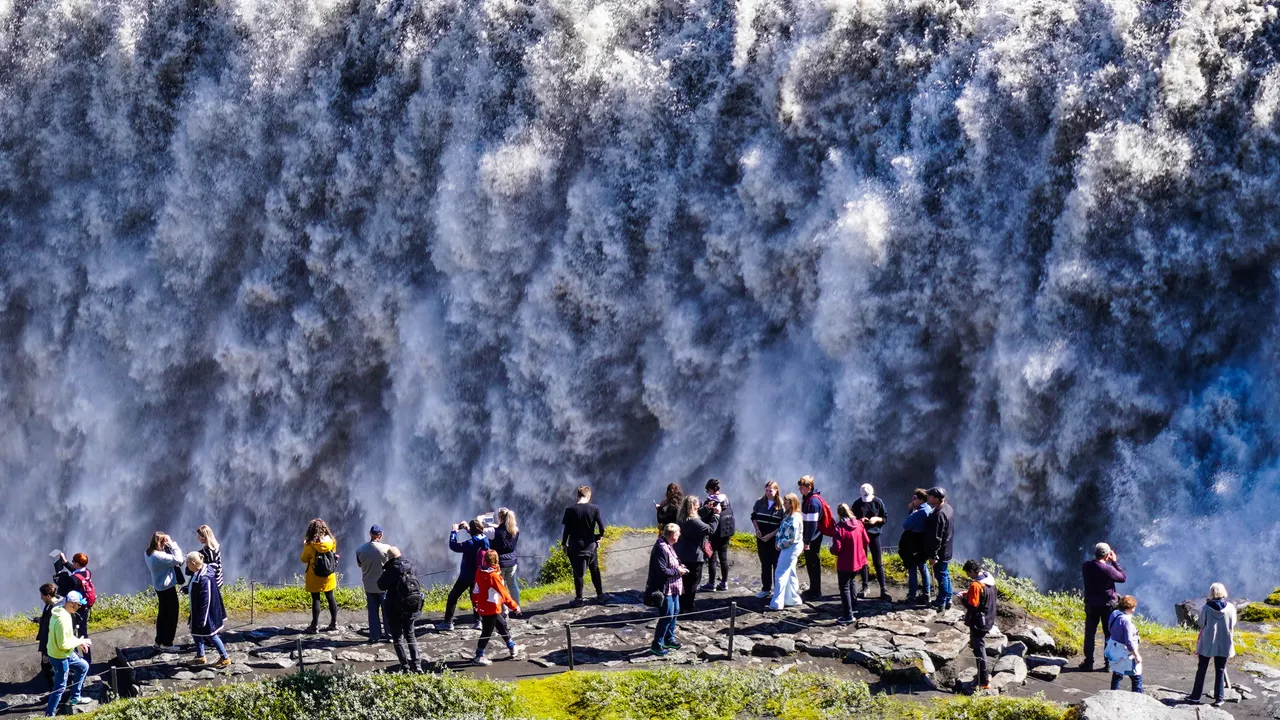

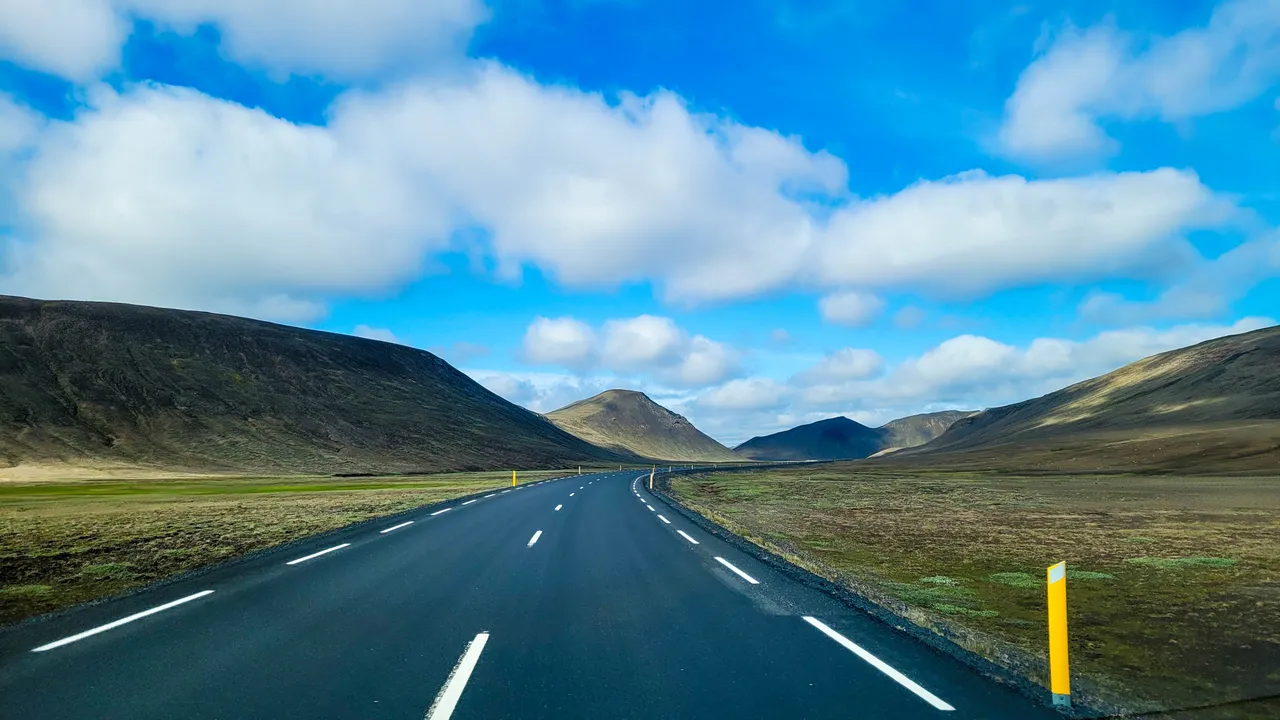
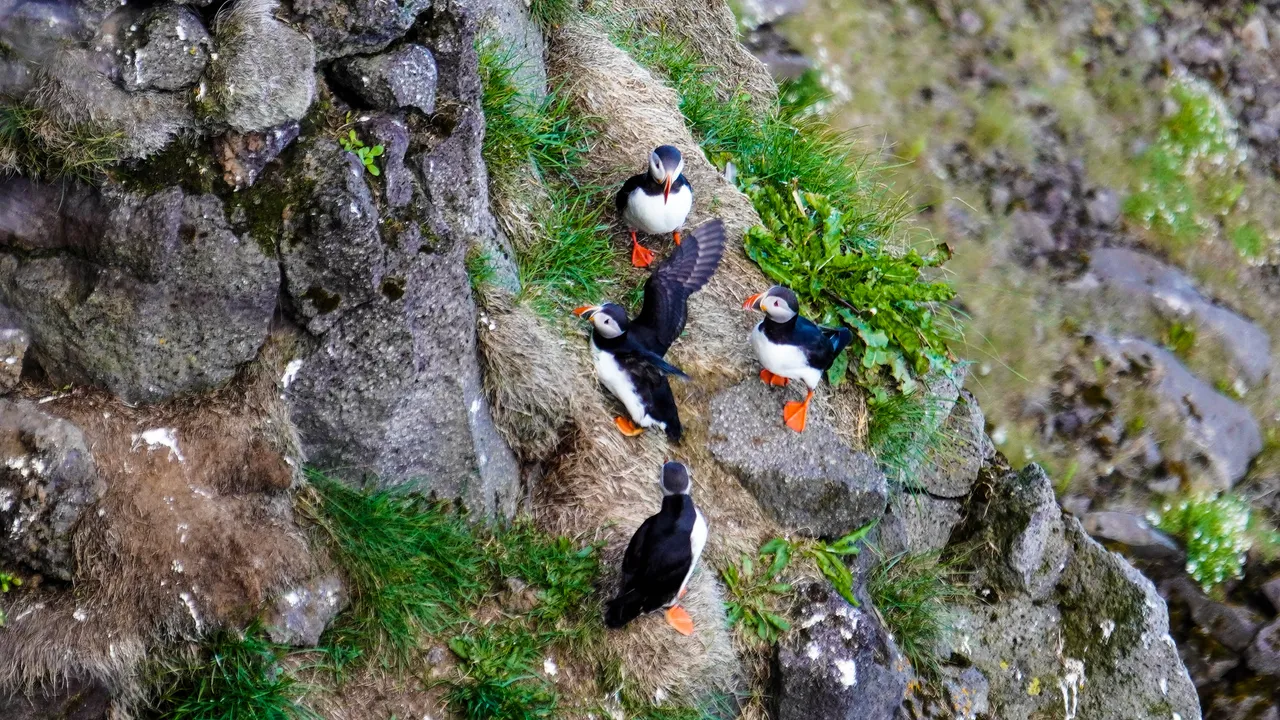

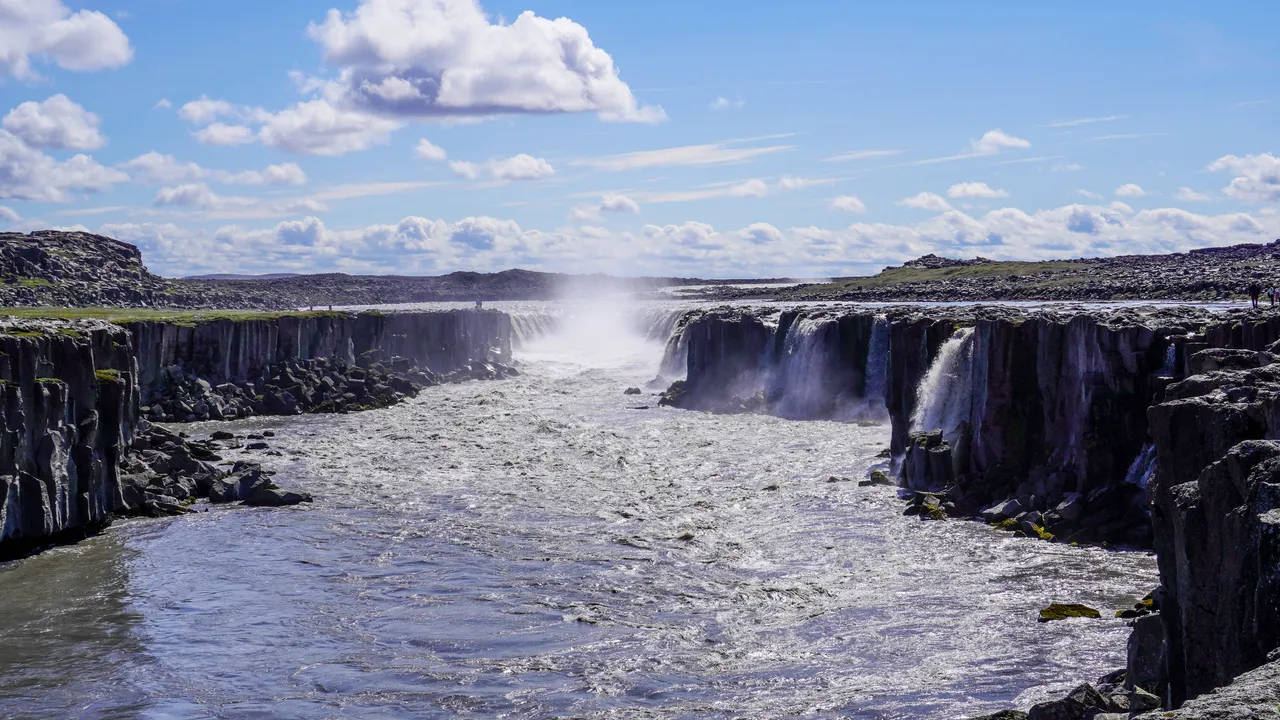


The East Fjords are a bit of a remote area and far from the most popular sights in Iceland, but if you make the effort to visit them, you will be richly rewarded. It is a landscape of rocky dessert, numerous fjords, and pristine nature, but it is also home to one of the most powerful waterfalls.

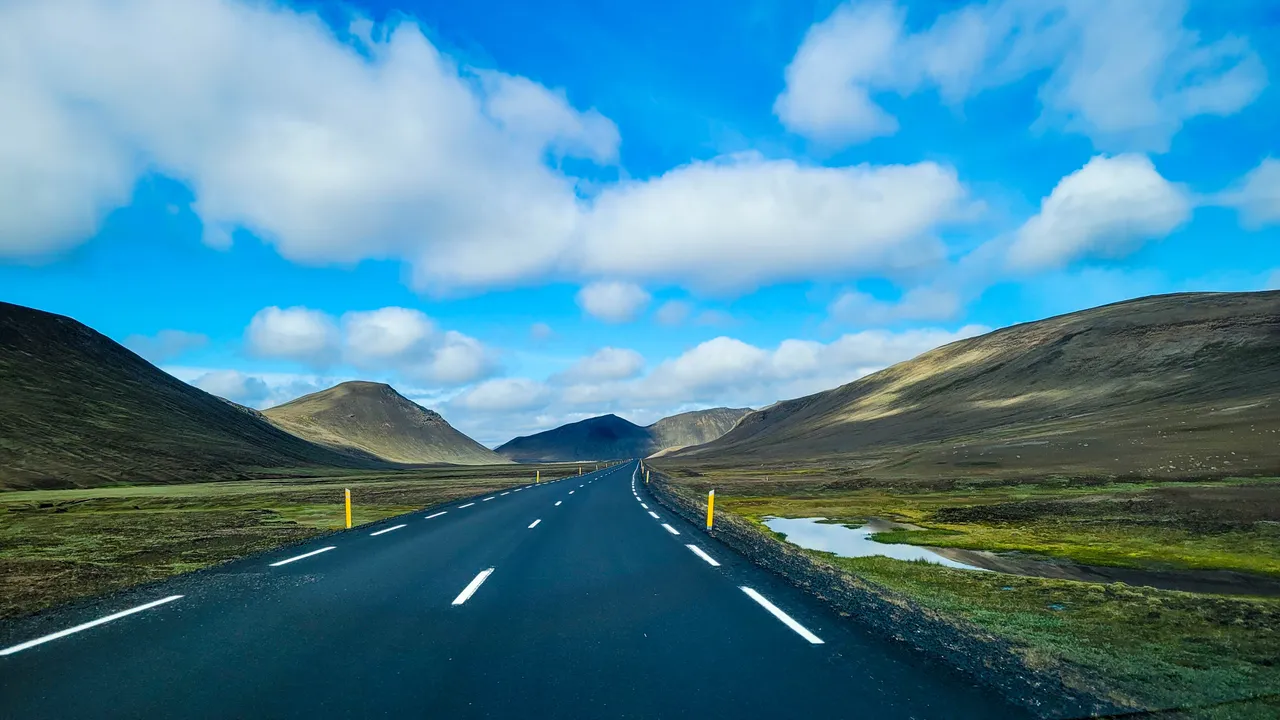

 | 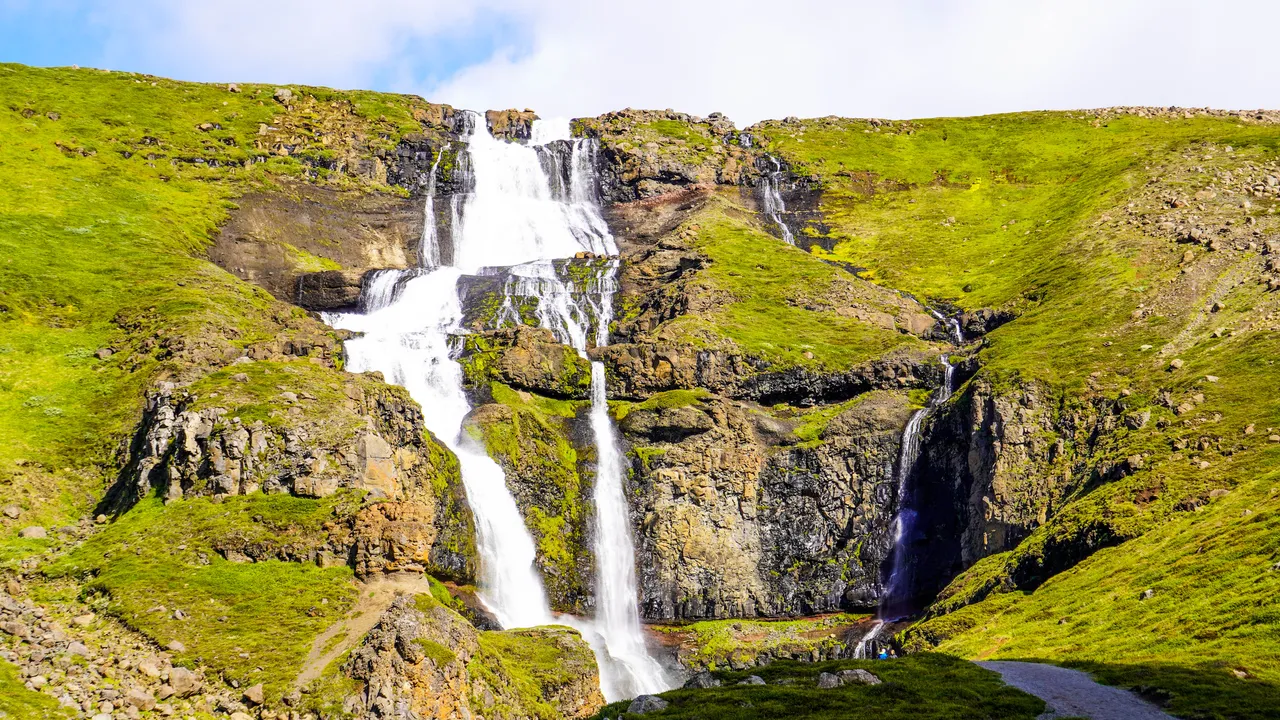 |
|---|
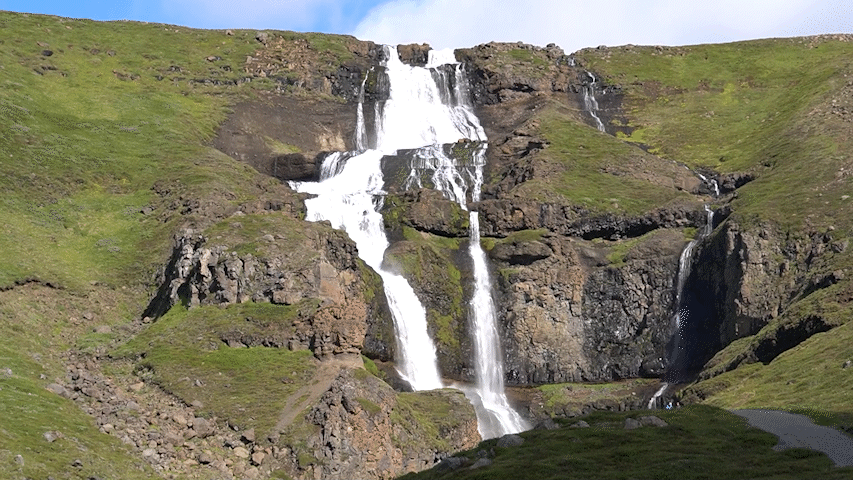
Many who travel to Iceland would like to explore the untouched wilderness without another soul in sight, but some of the most recognizable places in the country are very popular tourist places, and it is illusory to think that you will be alone. But if you are looking for that, the Eastern Fjords are the right place.



As mentioned in my previous posts, we did a road trip around Iceland along the Ring Road. Having a limited time (11 days for the whole trip) and taking into consideration that distances are not small, we had to cut down on some areas and visit them quite quickly. In our case, those were the Eastern Fjords. We traveled from the south (from Jökulsárlón Glacier Lagoon and Hofn) north to Husavik.
The coastline on the southern part of the country was flat and sandy (it is a glacial outwash plain), but as soon as we turned north, we found ourselves in dramatic fjord lands, surrounded by steep-sloped mountains dropping into numerous bays.


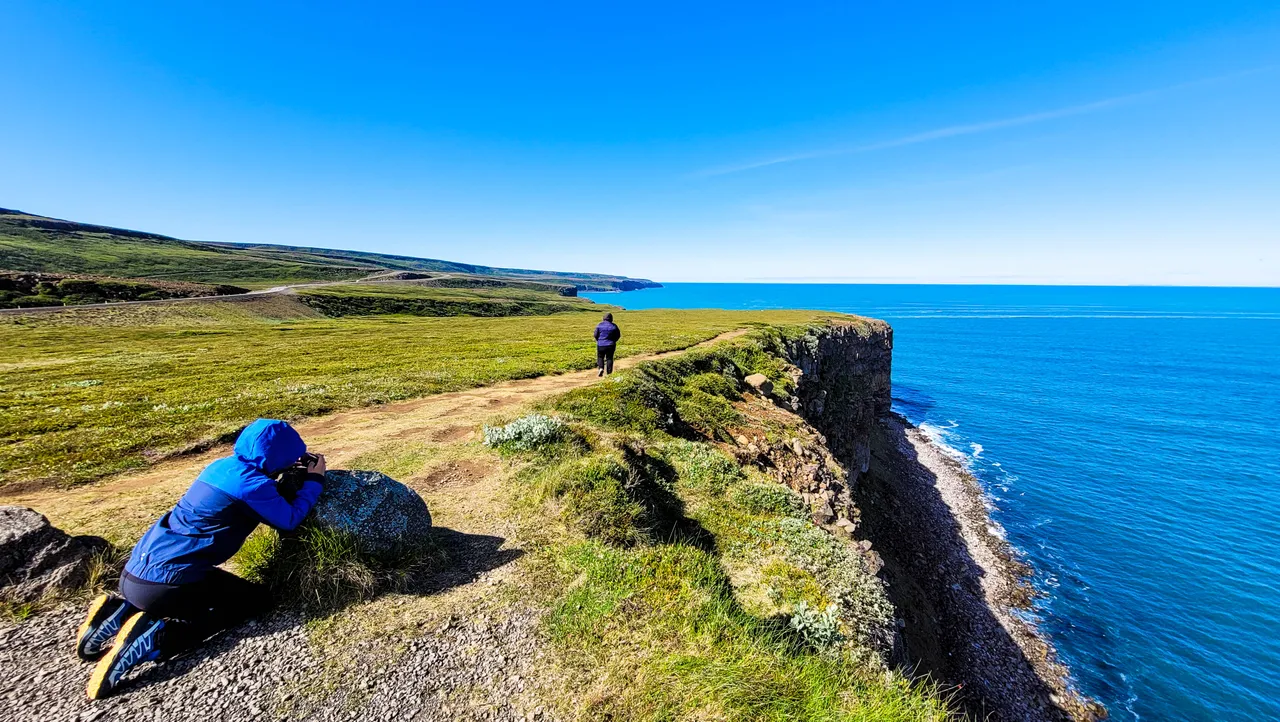


Depending on the time you can spend in the area, there are many cute small villages that can be discovered in the fjord’s bays. Although all the small towns in Iceland have a laid-back atmosphere, this is even more evident in the small towns in the eastern fjords. We stopped only in Djúpivogur, for a coffee, and it was really peaceful, I could even say empty 😊.
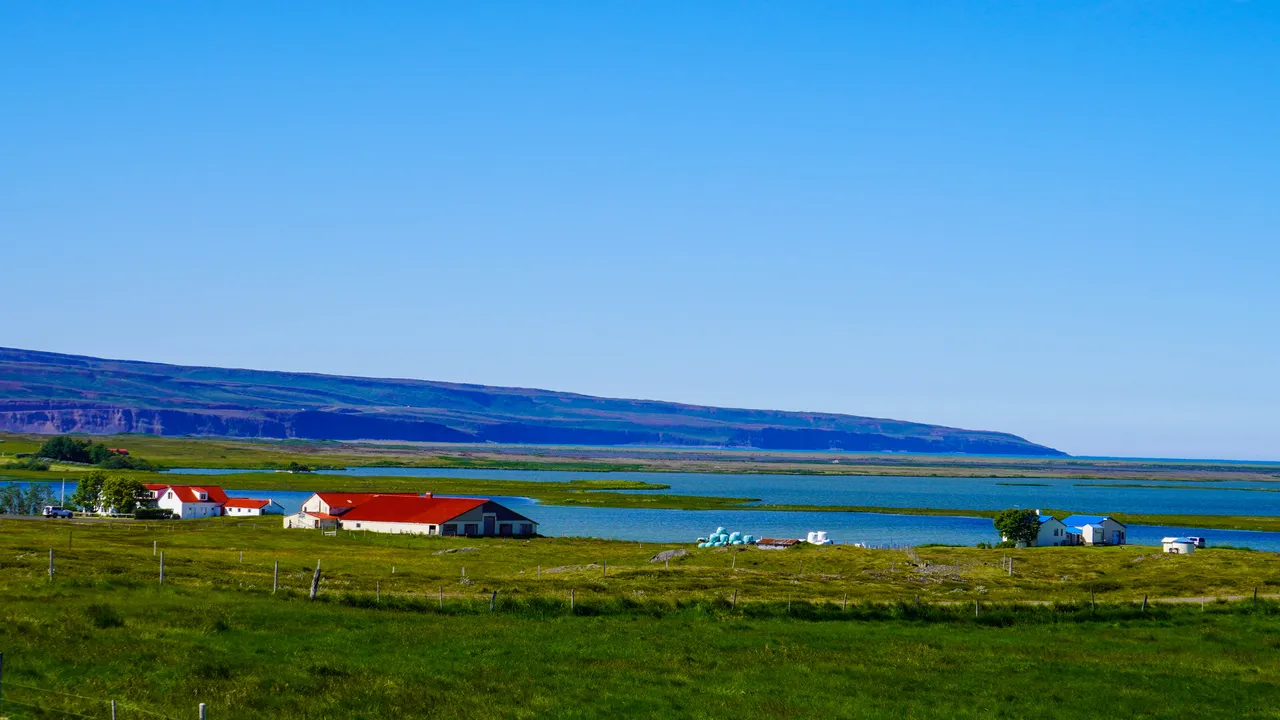



 | 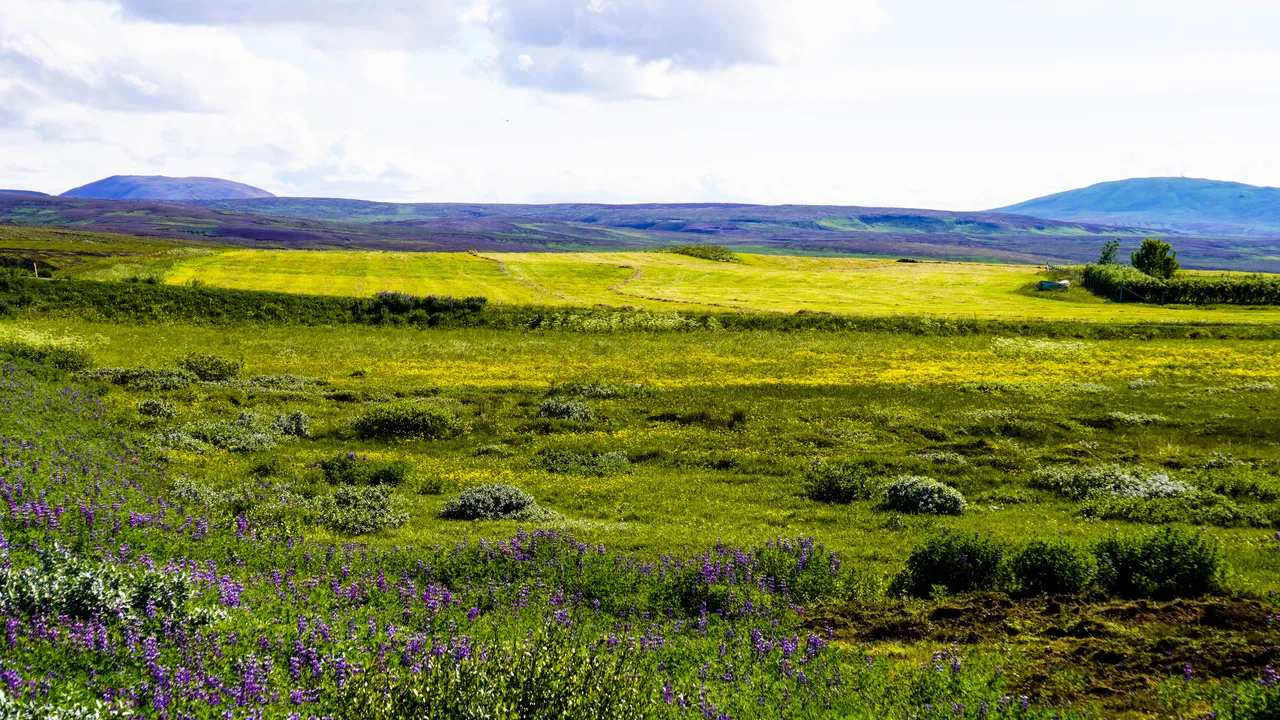 |
|---|

The area of the Eastern Fjords is also known for its diverse wildlife. It is the only place where you can see reindeer and one of the most reliable places to locate whales, dolphins, seals, and even puffins in summer.
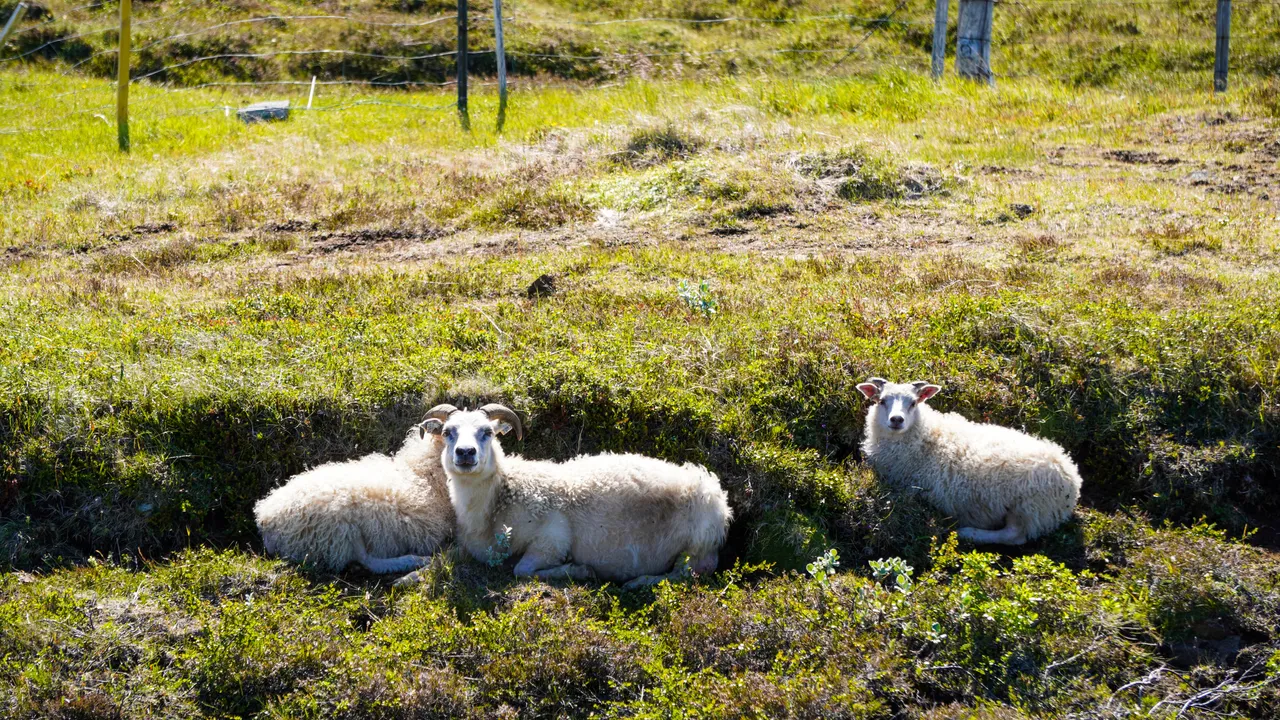 |  |
|---|
We were not looking for puffis, but we made an occasional stop along the way and just after a short walk above the cliffs, we had spotted a few of them. They were adorable.
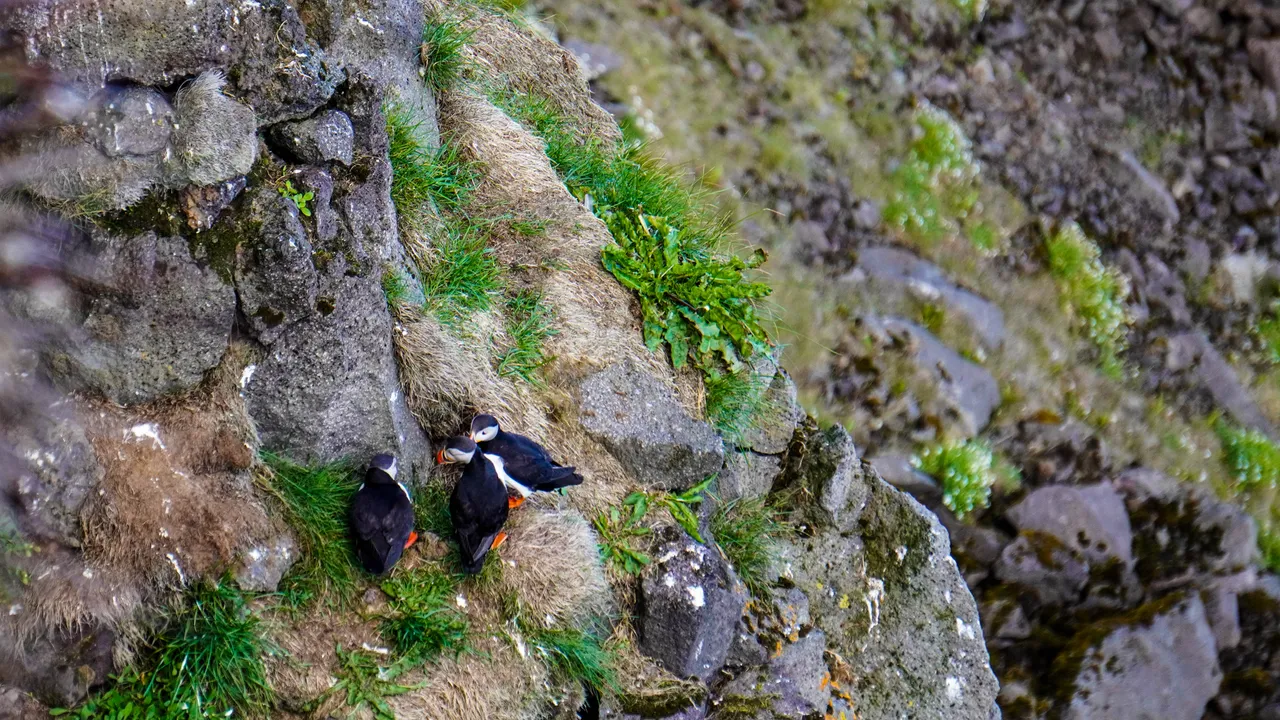
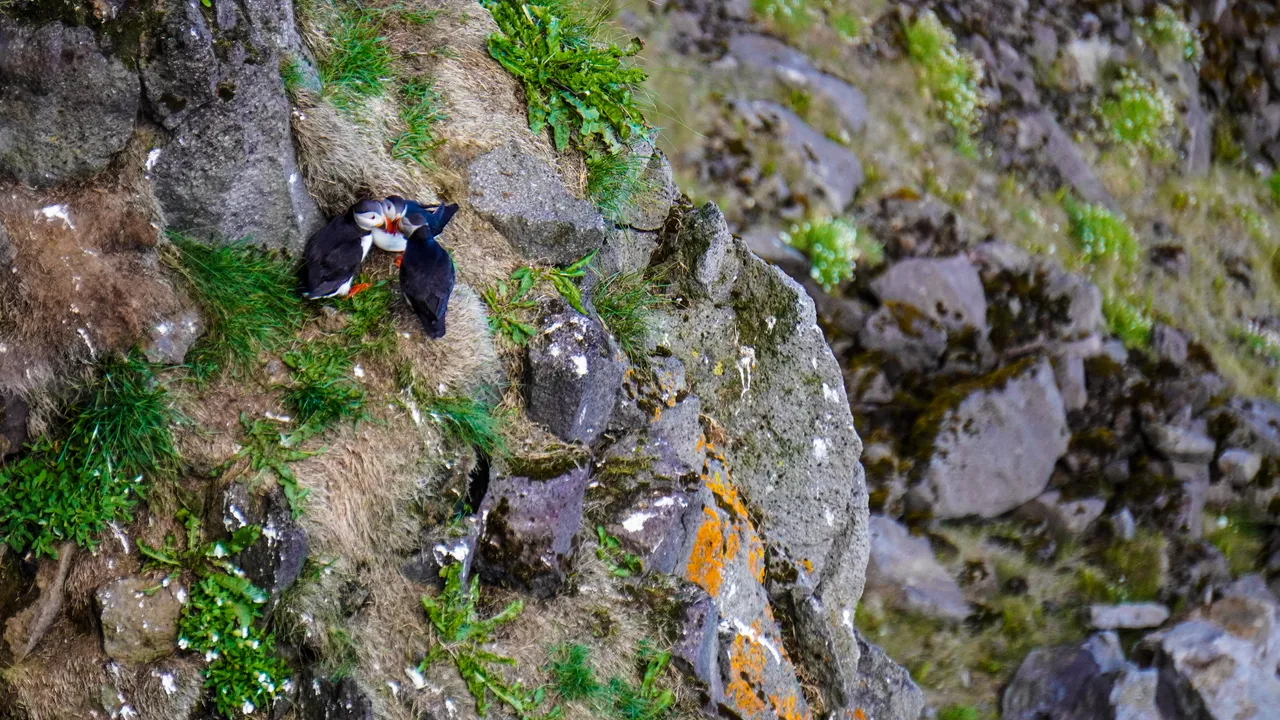

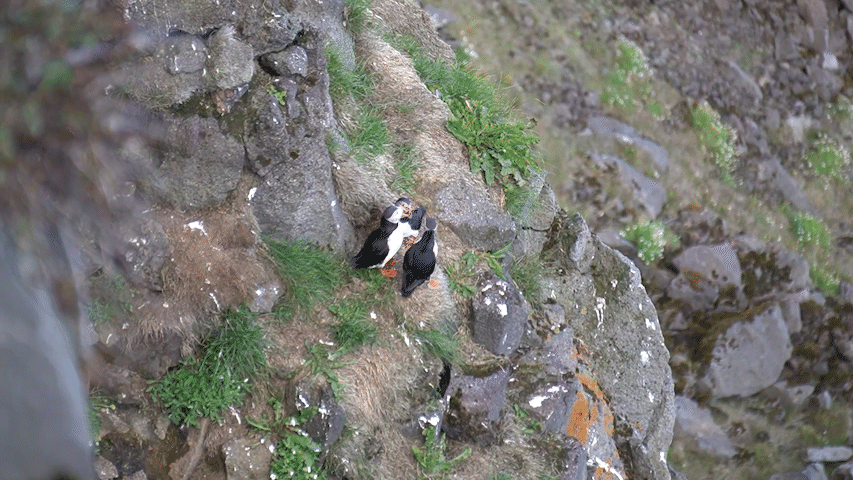
The next day, we left the fjords behind and traveled north. Our destination was the town of Husavik, but first we stopped at the Dettifoss waterfall.


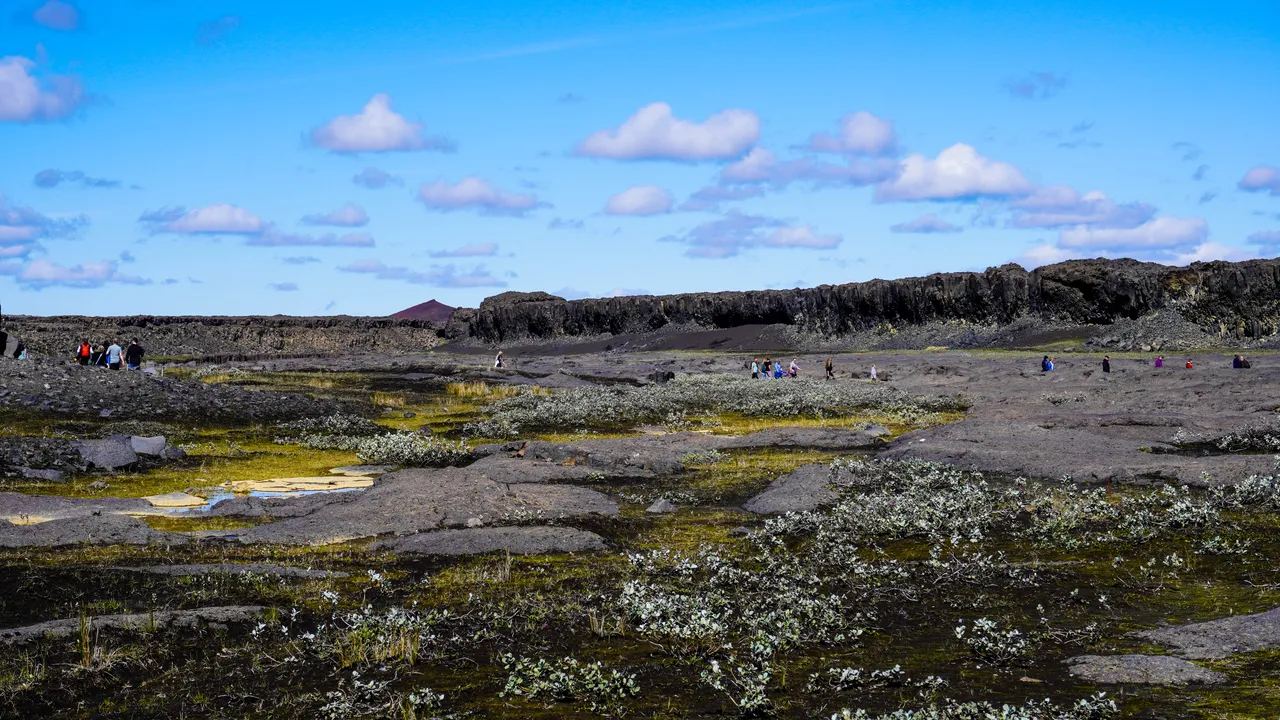

 |  |
|---|
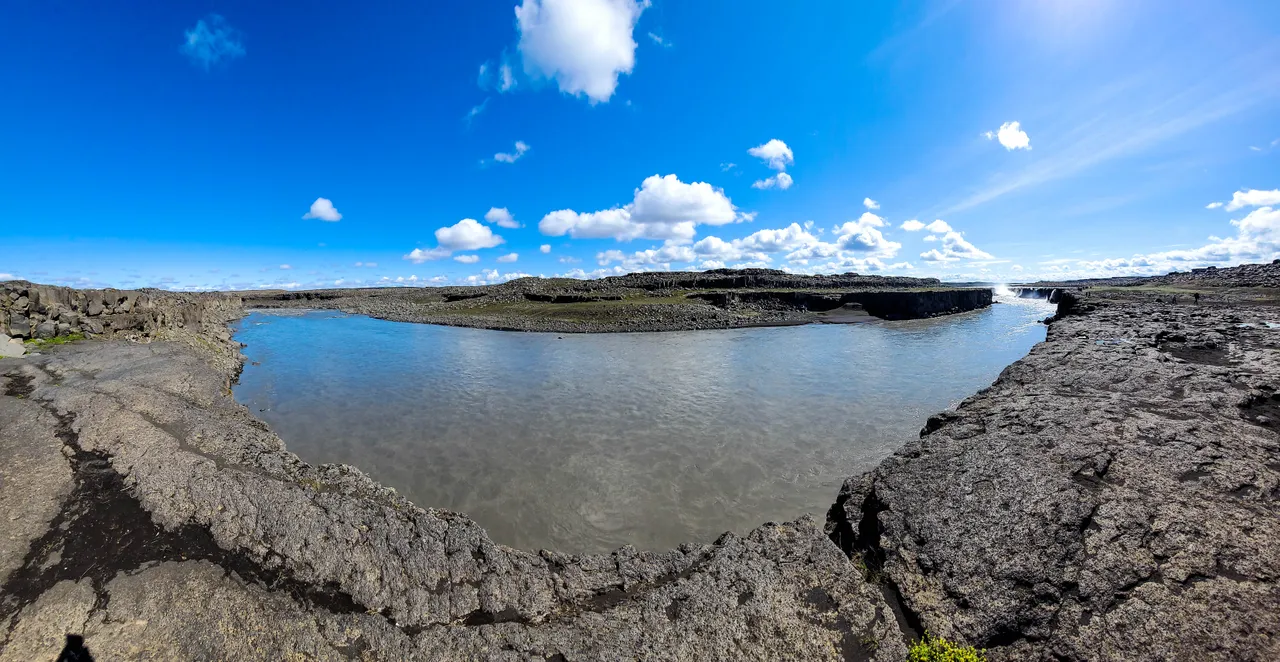
The waterfall is ranked as the second-most powerful in Europe. We read a few posts and blogs, and there was a lot written about which side of the river bank is better to admire the waterfall. We somehow decided for the left side. I don’t know which one is better, but I can assure you that the views from this side were spectacular.

 | 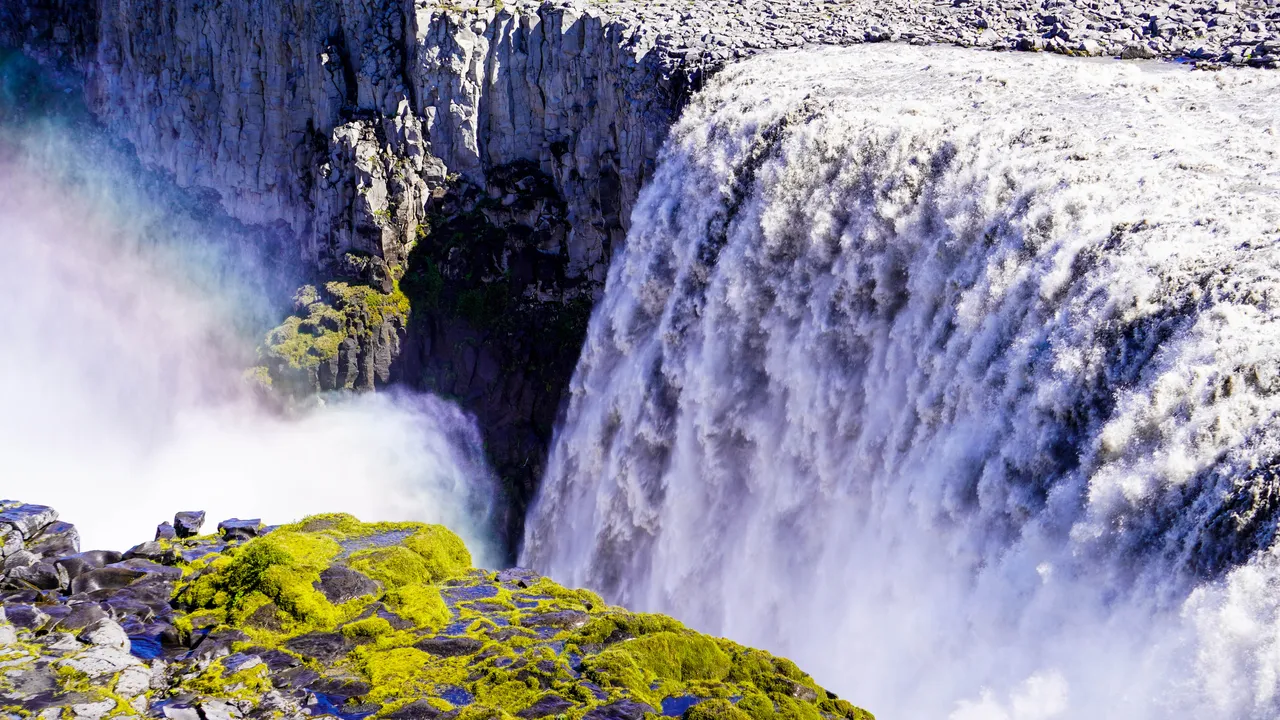 |
|---|
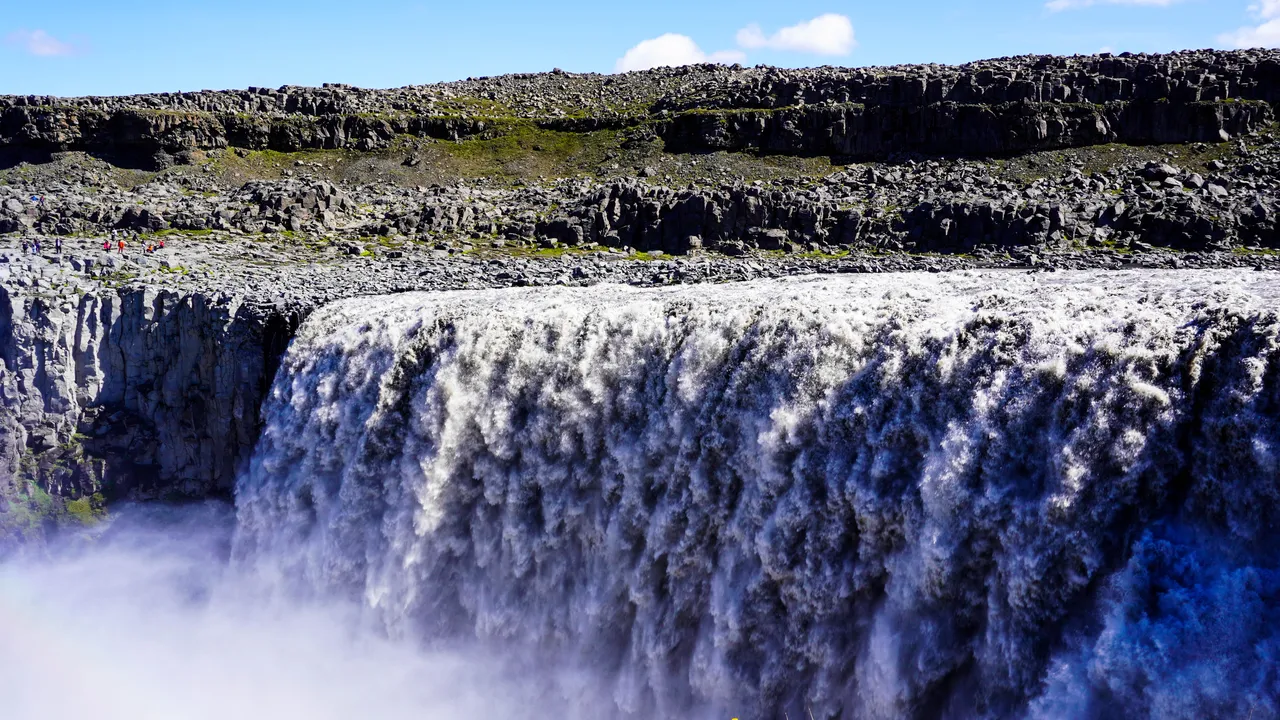

Dettifoss is fed by the powerful glacier river Jökulsá á Fjöllum. The river flows from the Vatnajökull glacier, which is the largest glacier in Europe.

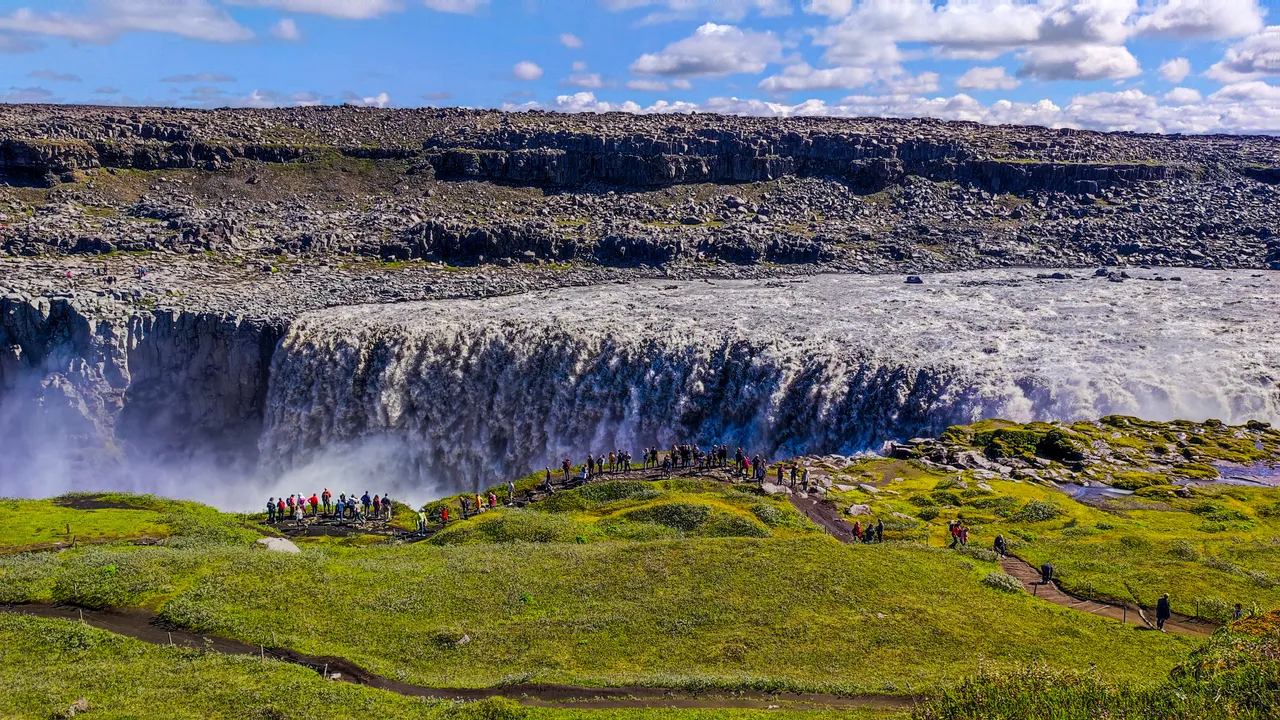



The waterfalls in Iceland are really beautiful and picturesque, and I can't say that Dettifoss is »the nicest, but definitely the most powerful, laud and immense. This waterfall has an average water flow of 193 meters cubed per second, is 100 meters wide, and has a drop of 45 meters. As we were approaching the river, the sound of the water was louder and louder, and when we reached the edge, I think the ground was trembling.
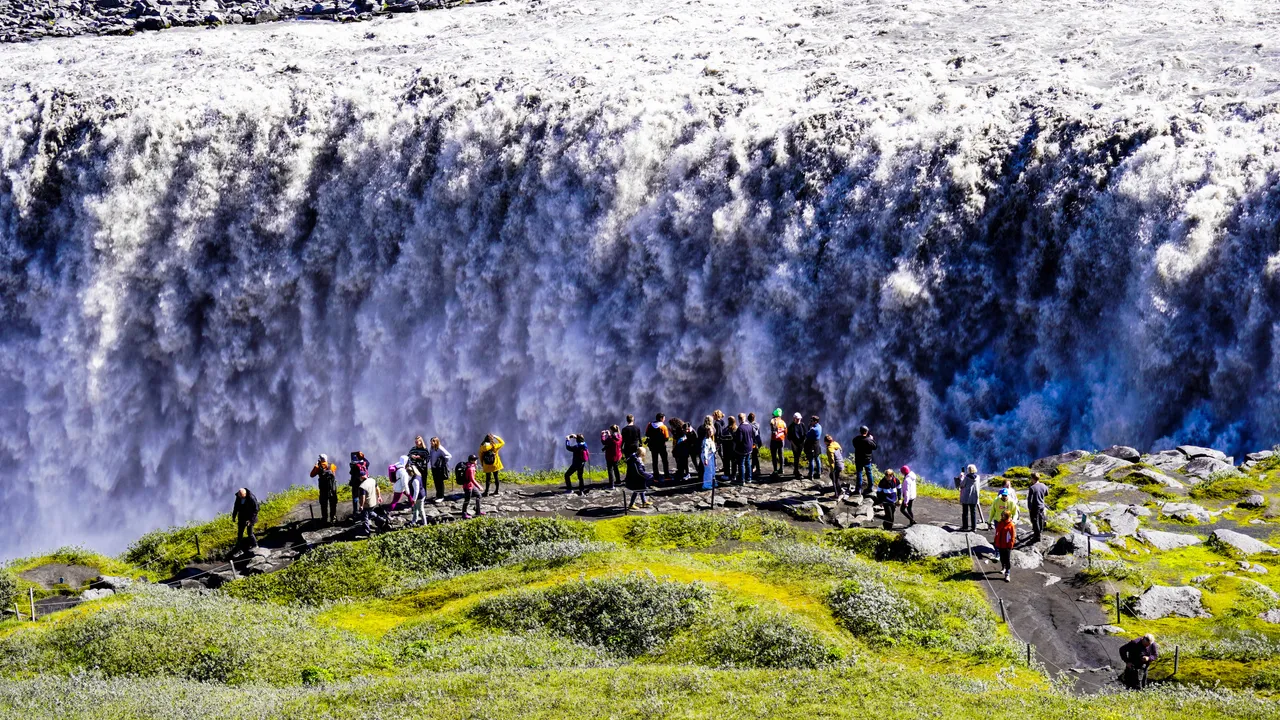
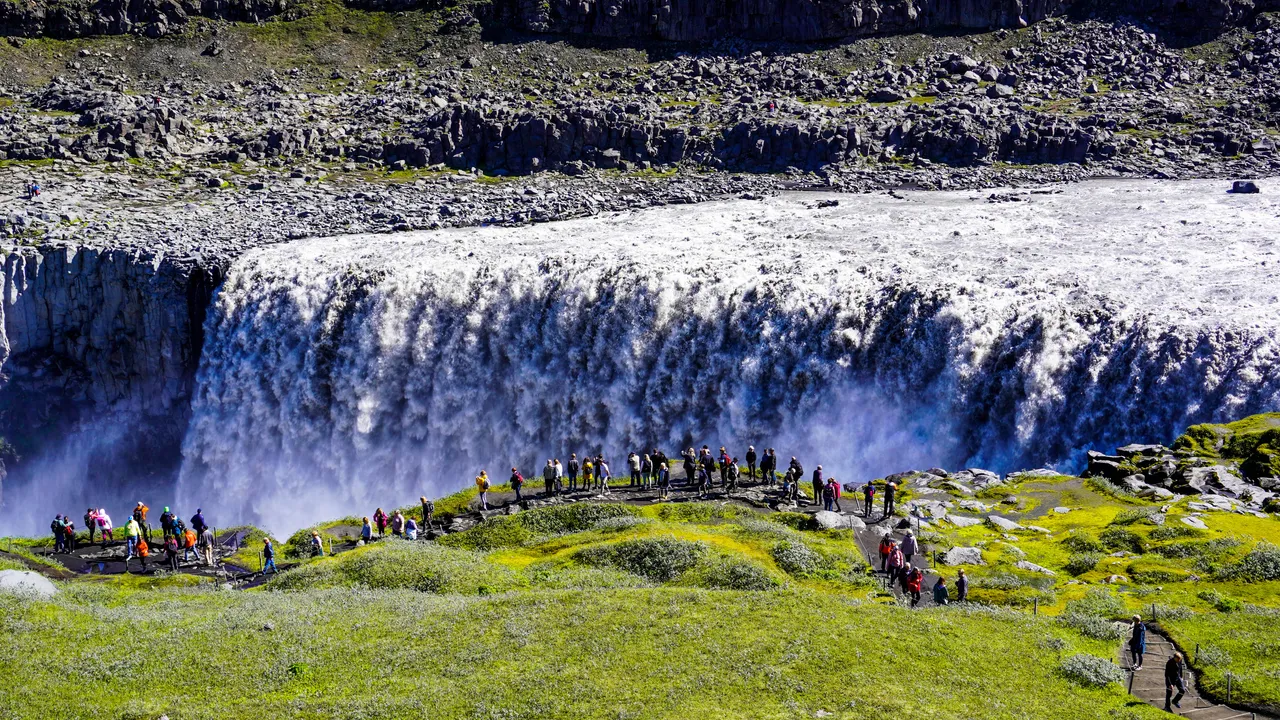 | 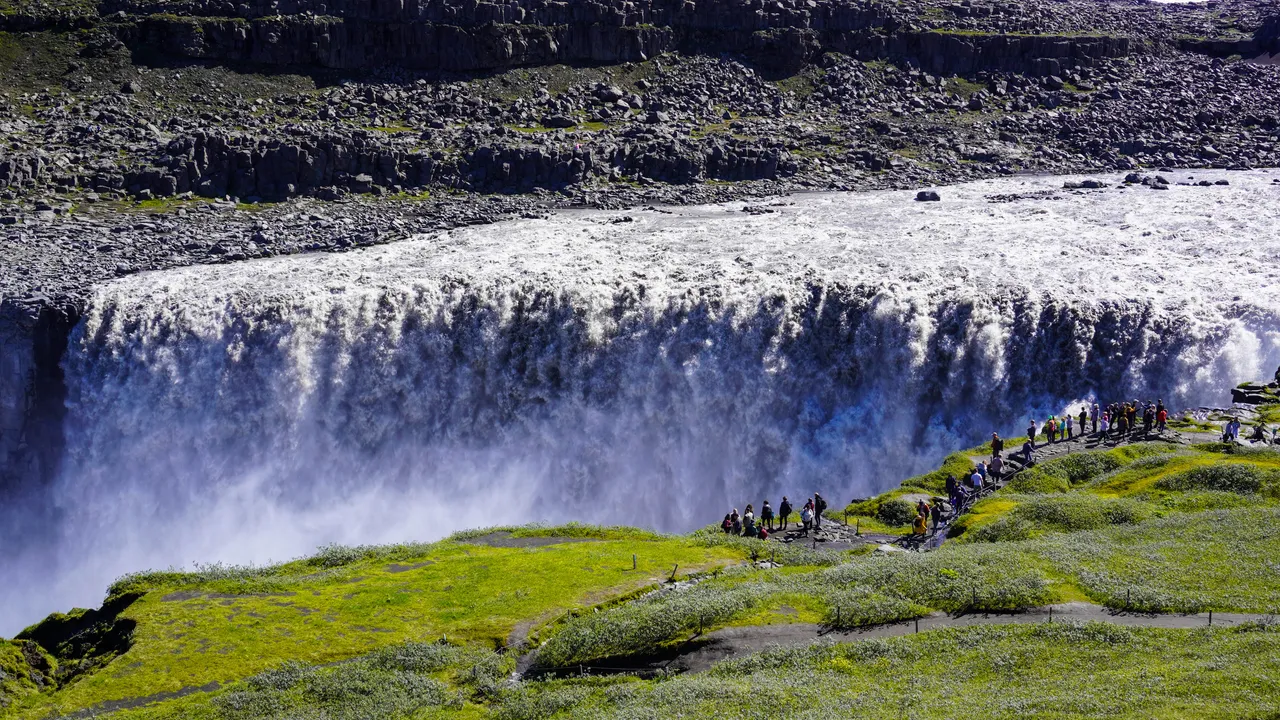 |
|---|

 |  |
|---|
We were lucky to be there at the right time when the sun was in the position to create rainbows in the small waterdrops that were surrounding the waterfall.

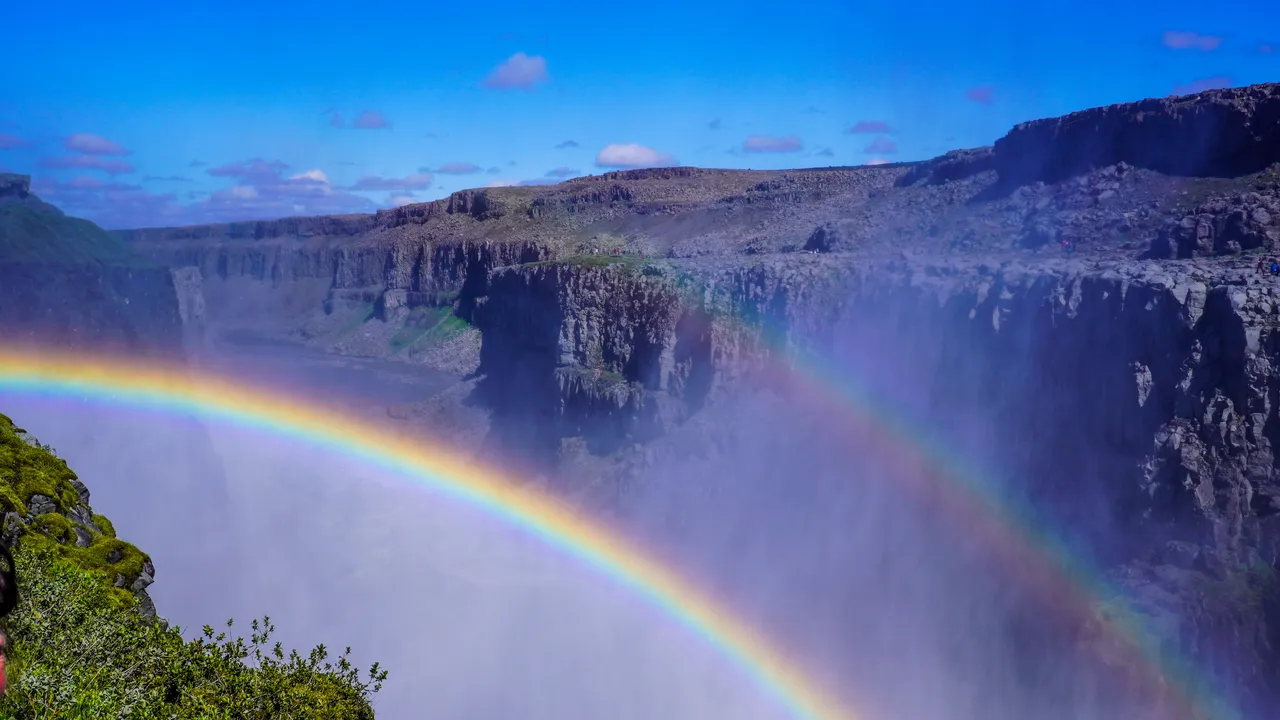 |  |
|---|

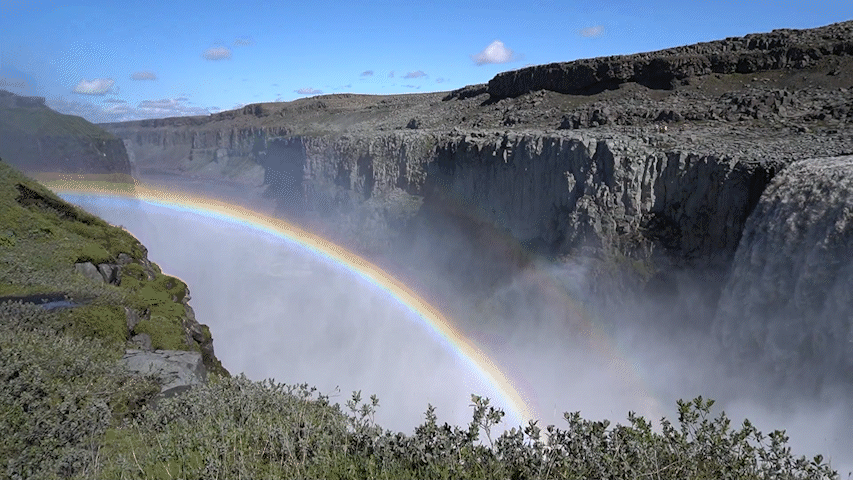
With only a short walk upstream, you can reach another waterfall, the Selfoss Waterfall. This one is frequently overlooked since it is located so close to the famous Dettifooss, but it has the same width (100 meters), just the drop is smaller (36 meters).

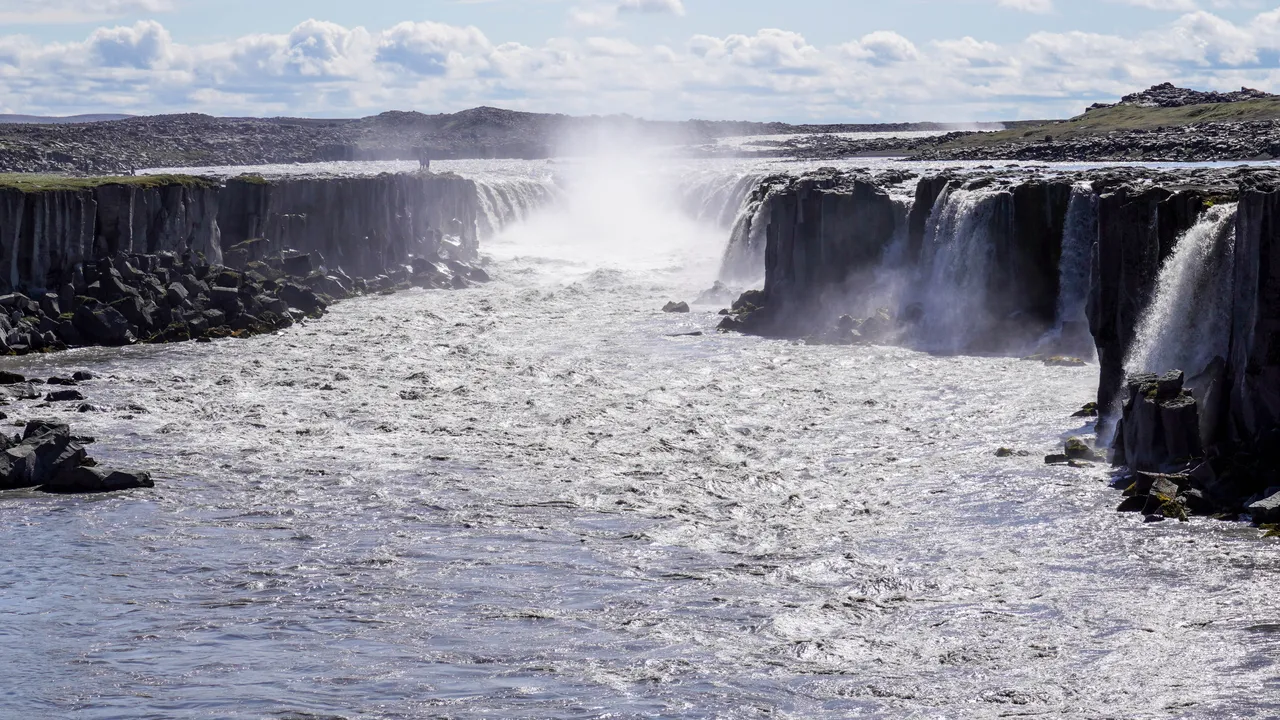
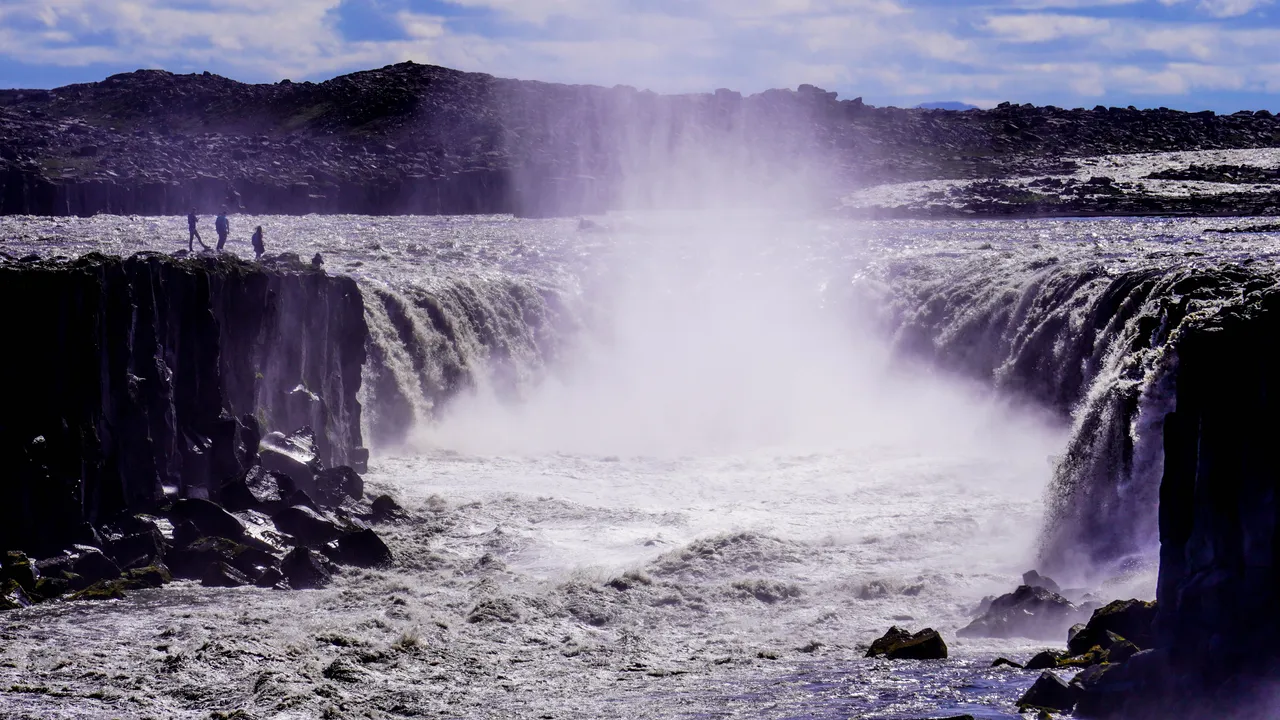

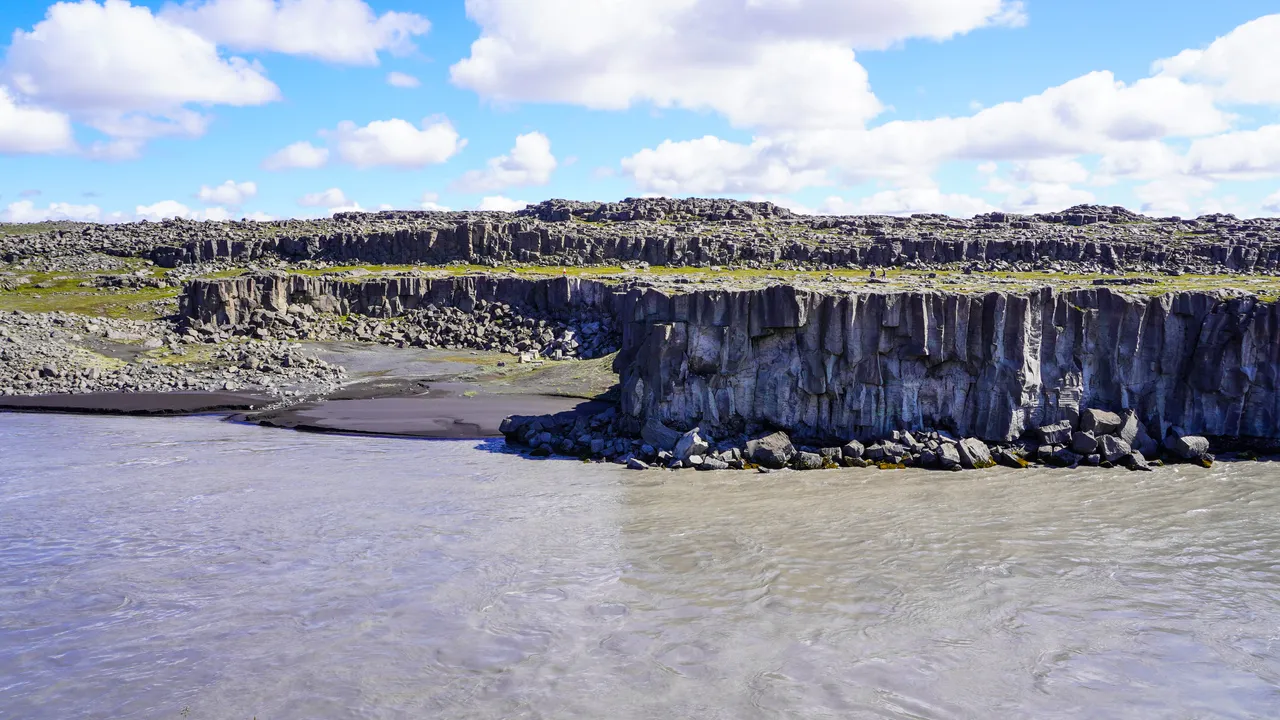 |  |
|---|

We were fully impressed by the powerful water, but we slowly had to continue our drive north to the town of Husavik.
Husavik is a port town located on the northern shore with more than two thousand inhabitants and is considered to be one of the best places in Europe for whale watching.




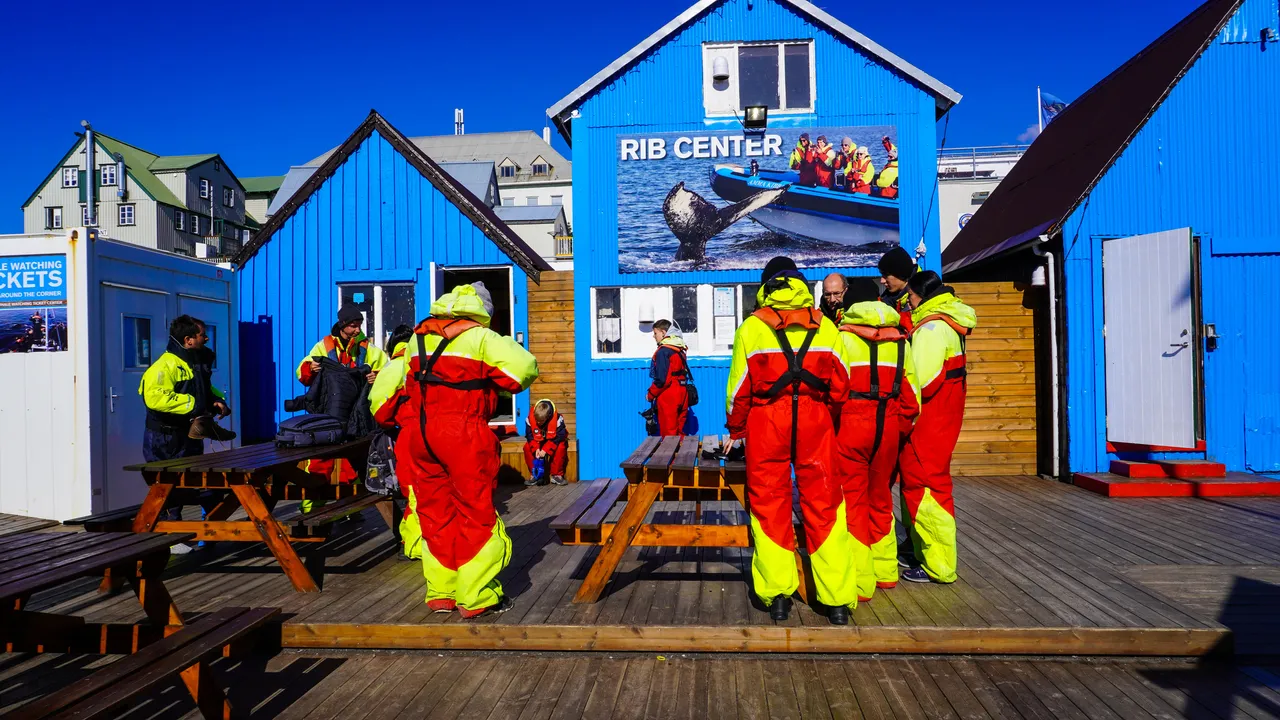
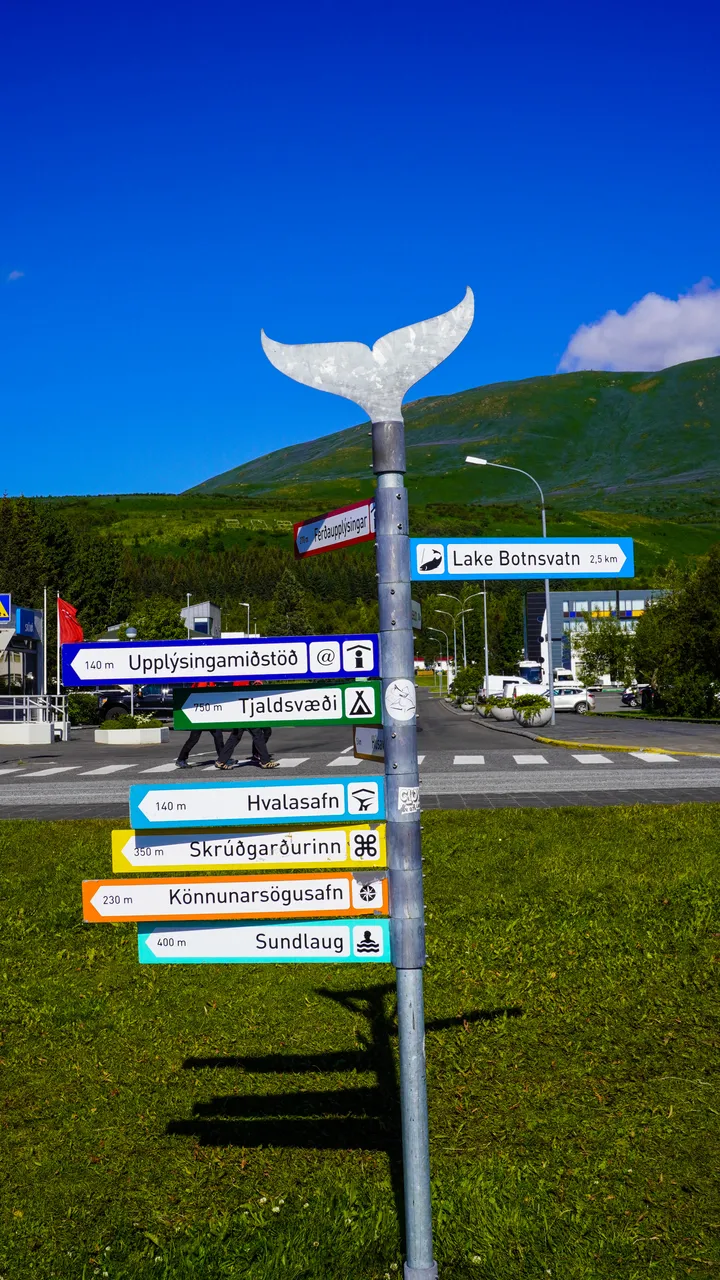
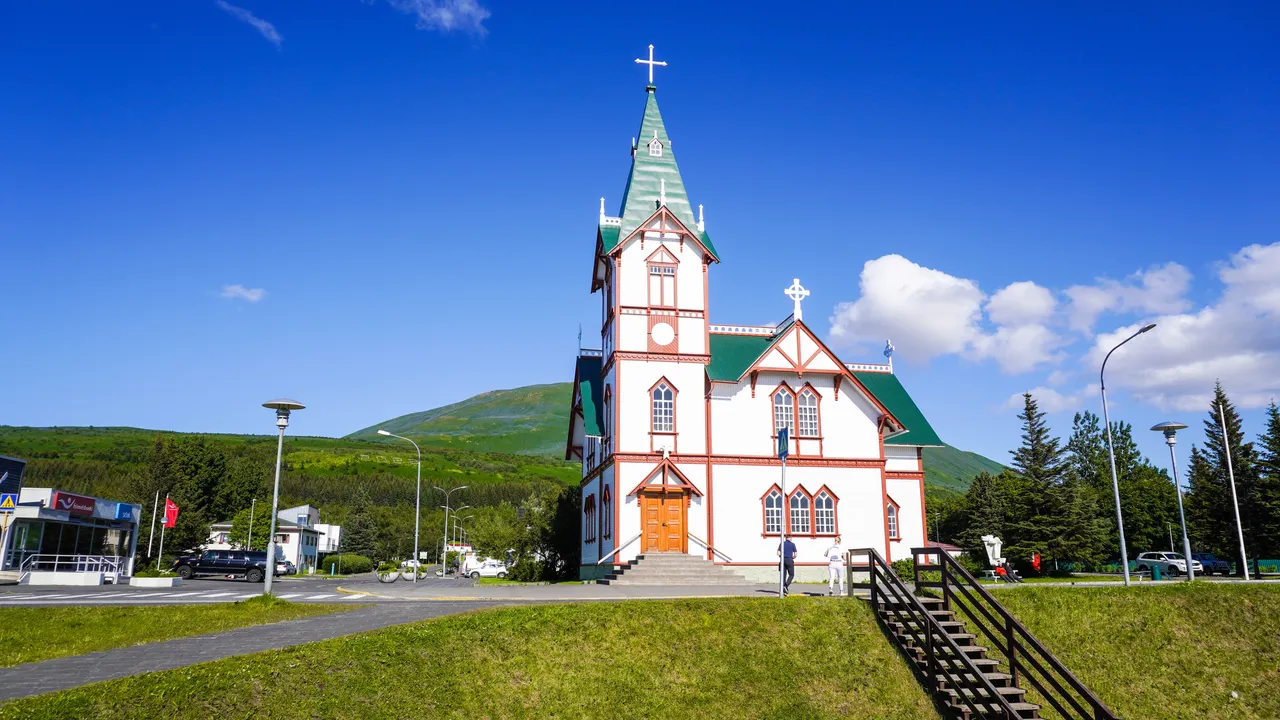 |  |
|---|
We haven’t decided for that option, and I don't know if that was the right decision or not. I thought that it would be a kind of disappointment, since I’m guessing that you just see a small part of the whale, a part of the back or a tail, and definitely they are not jumping out of the water and making performances 😊 I also read that the waters out of Husavik are a rough sea, and my wifegetst sea sick quickly. We thought to takek the hale-watching trips from a location near Akureyri (where the waters are supposed to be calmer), but at the end we didn’t have enough time and that is an experience that we will do in some other occasion.
It was a super nice and sunny day in Husavik, and the look over the port, with numerous boats and the lightly snowy mountains in the back, was fantastic. We just spent some time in a cozy café, sunbathing, and watching the vivid activity in the small port.

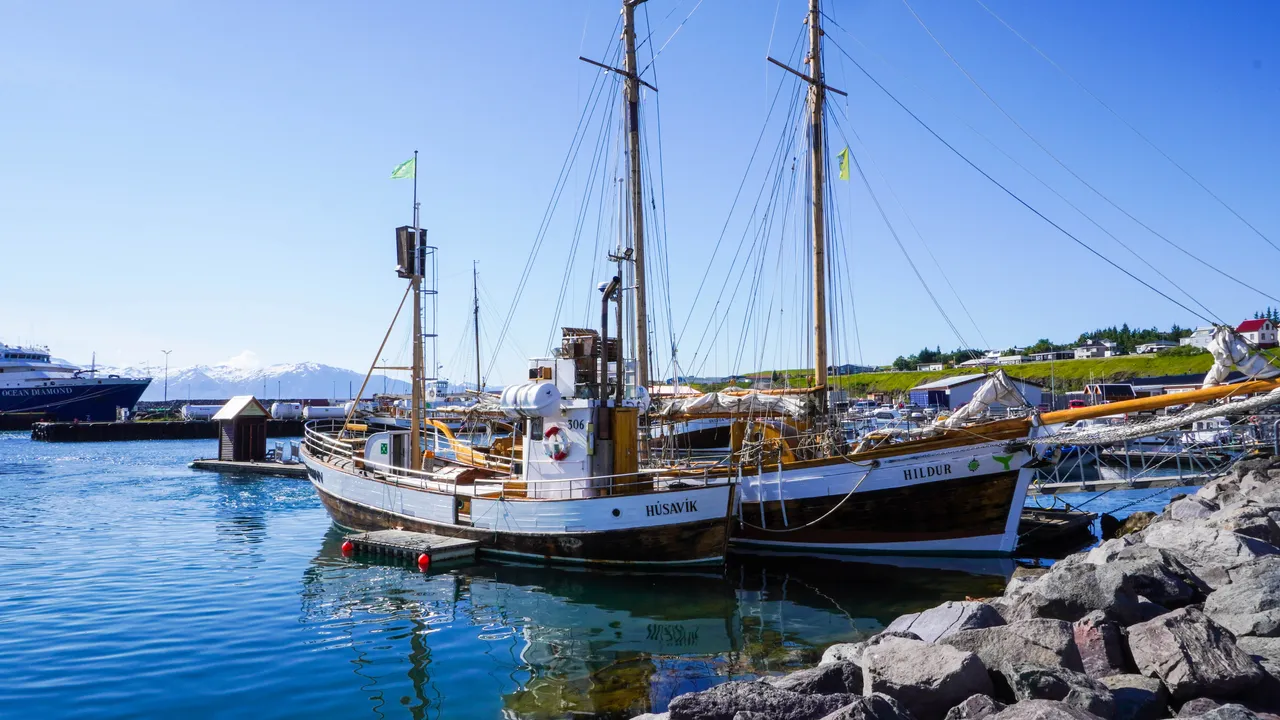 | 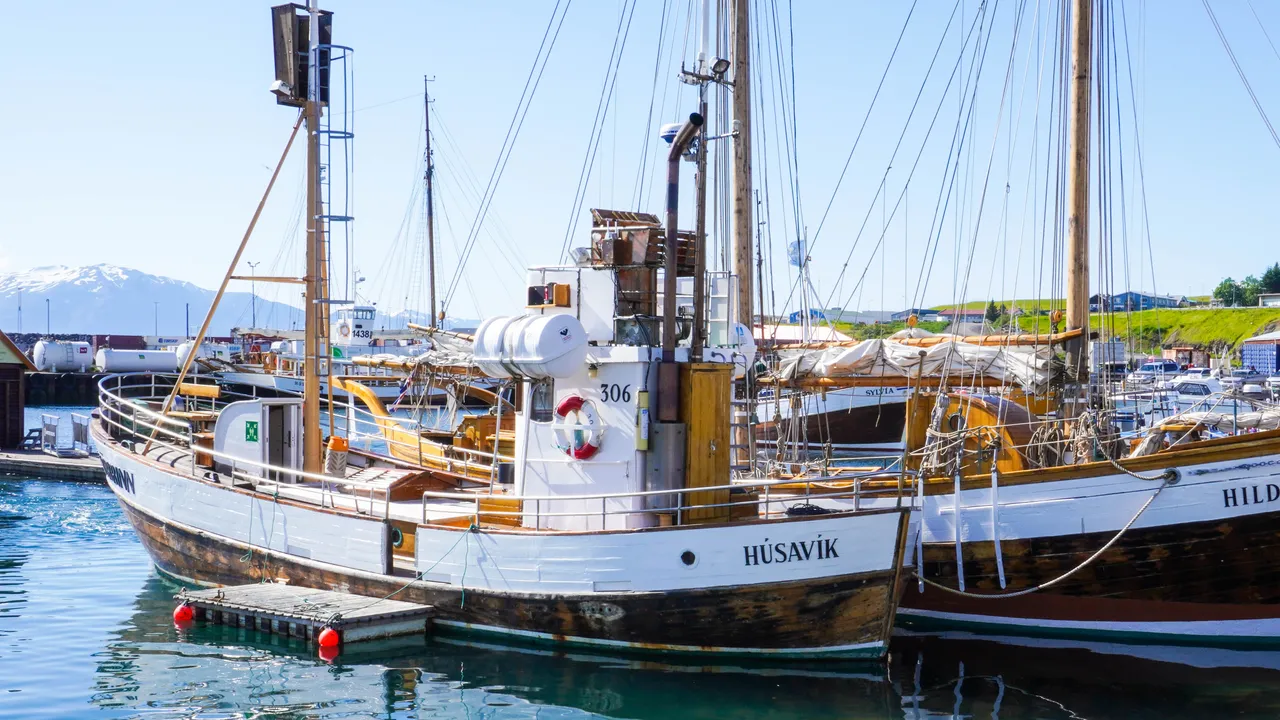 |
|---|
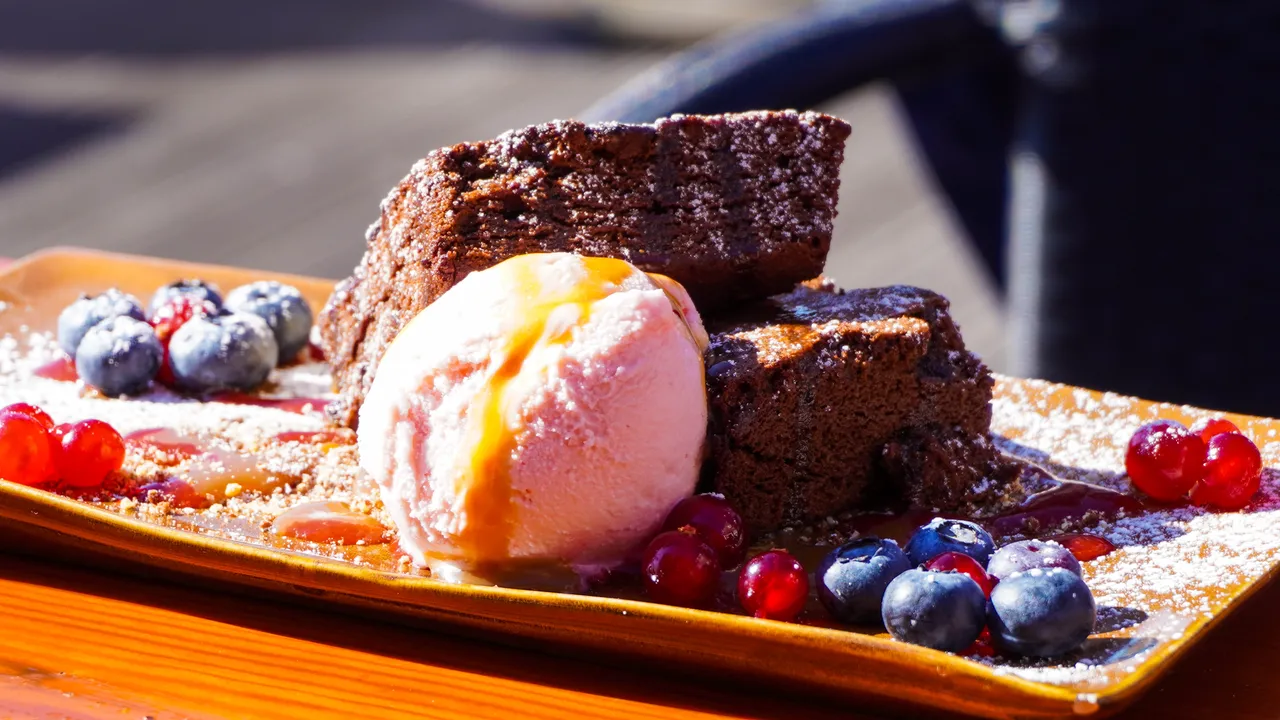

It was the right end of another marvelous day in Iceland. From Husavik, we had just a short drive to our accommodation, which was located outside the town in a very peaceful location, surrounded by meadows.
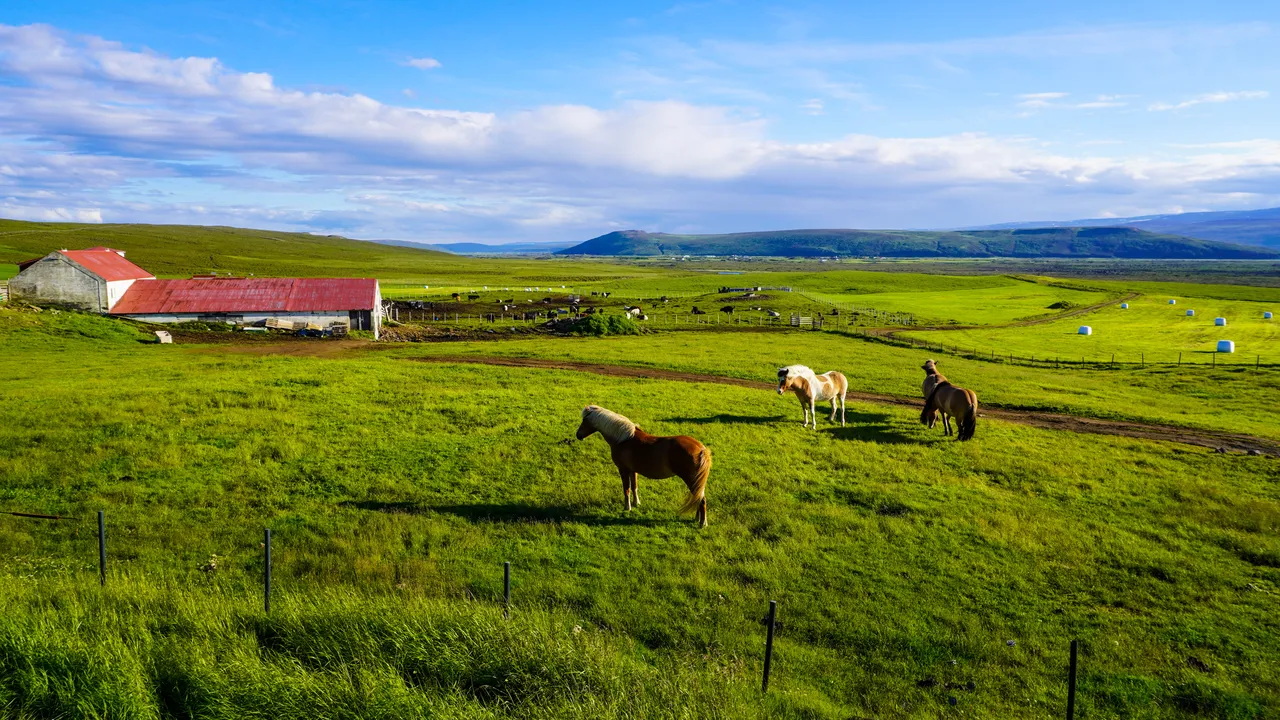

 |  |
|---|
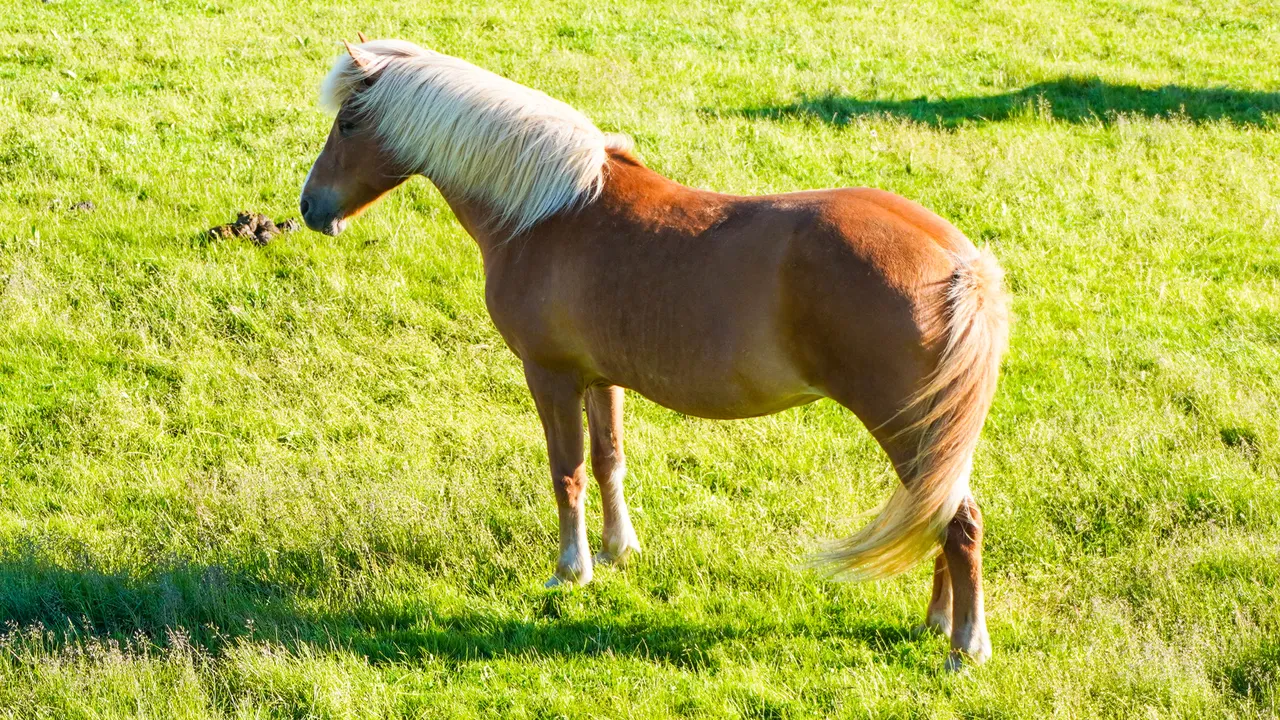
If you would like to read more about our trip to Iceland check my previous posts:
- Reykjavik city and the geothermal Blue Lagoon Spa
- Our experience at The golden circle in Iceland
- Uncovering Westman Islands and Waterfall Wonders of Iceland
- From Canyons to Glaciers - The Incredible Landscapes of Southern Iceland
- The Arctic wonder of Jokulsarlon Ice Lagoon and Diamond Beach
Thanks for reading,
feel free to leave a comment, I will be glad to reply to.
Best regards, @miljo76
